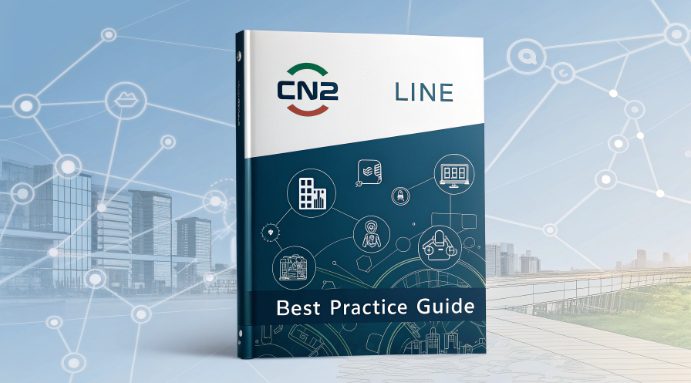Best Practices for CN2 Multi-Line Integration

In the world of cross-border networking, CN2 multi-line integration has emerged as a game-changing solution. It is highly valued for its low latency, high stability, and ability to optimize connections between regions. This article will explore the technical aspects of CN2 multi-line integration, providing best practices for implementation, especially for hosting and colocation services.
What Is CN2 Multi-Line Integration?
CN2, short for China Telecom Next-Generation Carrier Network, is a high-speed, low-latency network designed to improve international connectivity. Multi-line integration refers to the process of combining multiple network lines into a unified routing solution to enhance performance and redundancy.
- Low Latency: CN2 minimizes delays, ensuring faster data transmission.
- High Stability: It reduces packet loss, making it ideal for mission-critical applications.
- Optimized Routing: Smart algorithms dynamically select the best route based on current network conditions.
Why CN2 Multi-Line Integration Suits Hosting and Colocation?
Hosting and colocation services require reliable and high-performing networks to meet user demands. CN2 multi-line integration addresses the key challenges faced in cross-border connectivity:
- Improved User Experience: Reduced latency ensures seamless access to websites, applications, and games hosted on servers.
- Enhanced Redundancy: Multi-line integration provides failover capabilities, ensuring uninterrupted service even during network disruptions.
- Regional Optimization: CN2 focuses on direct routes to China, making it ideal for businesses targeting Chinese users.
How CN2 Multi-Line Integration Works
CN2 multi-line integration leverages advanced networking principles to deliver superior performance. Here’s how it works:
- BGP Routing: Border Gateway Protocol (BGP) allows multiple lines to work together, distributing traffic intelligently.
- Dynamic Load Balancing: Traffic is distributed across multiple lines based on real-time conditions, ensuring optimal performance.
- Redundant Connections: Multiple lines provide failover options, reducing downtime risks.
Best Practices for CN2 Multi-Line Integration
To maximize the benefits of lines integration, consider the following best practices:
- Choose the Right Service Provider: Ensure the provider offers genuine CN2 routes and supports multi-line configurations.
- Optimize Bandwidth Allocation: Allocate bandwidth according to traffic patterns to avoid bottlenecks.
- Implement Network Monitoring: Use tools to monitor latency, packet loss, and throughput for real-time insights.
- Combine with CDN: Content Delivery Networks can further enhance performance by caching data closer to end users.
- Regular Stress Testing: Simulate high-traffic scenarios to identify and address potential weaknesses.
Common Challenges and Solutions
While CN2 multi-line integration offers significant advantages, there are challenges to consider:
- Cost Management: Multi-line setups can be expensive. To mitigate this, prioritize critical traffic for different lines.
- Configuration Complexity: Setting up BGP routing and load balancing requires expertise. Consider hiring a skilled network administrator.
- Monitoring Overhead: Continuous monitoring can be resource-intensive. Leverage automation tools to streamline the process.
Conclusion
CN2 multi-line integration is a powerful tool for enhancing hosting and colocation services. By following best practices such as optimizing bandwidth, implementing monitoring tools, and combining it with CDN solutions, businesses can achieve unparalleled performance and reliability. Whether you’re hosting a gaming server, an e-commerce platform, or a streaming service, the low latency and high stability make it a top choice.
Embrace the potential of CN2 multi-line integration today and take your hosting or colocation services to the next level.

